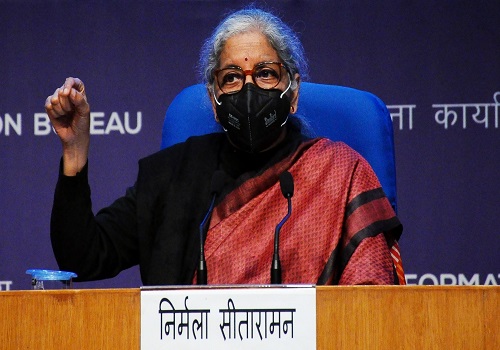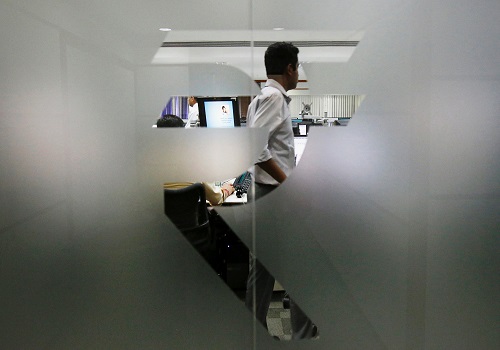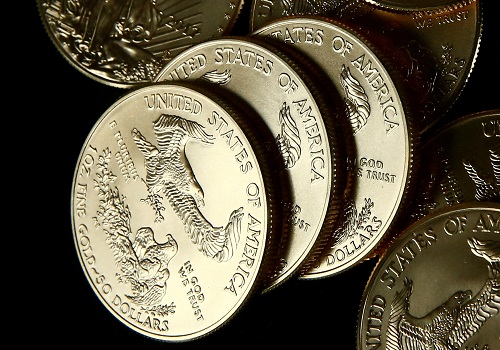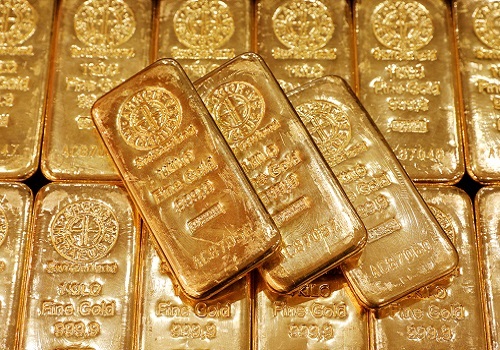Gold firms as dollar dip boosts appeal

Follow us Now on Telegram ! Get daily 10 - 12 important updates on Business, Finance and Investment. Join our Telegram Channel
Gold prices edged higher on Tuesday as a dip in the dollar made greenback-priced bullion less expensive for overseas buyers, although trading was thin after the long Christmas weekend.
Spot gold was up 0.4% at $1,804.99 per ounce as of 0546 GMT. U.S. gold futures rose 0.4% to $1,811.90.
The dollar index slipped 0.3%.
The dollar eased while risk sentiment improved amid China relaxing quarantine rules, which is currently helping gold prices, said OCBC FX strategist Christopher Wong.
Top gold consumer China will stop requiring inbound travellers to go into quarantine starting from Jan. 8, the National Health Commission said in a major step towards easing curbs on its borders, which have been largely shut since 2020.
Gold has risen nearly $200 since falling to a more than two-year low in late September as expectations about slower interest rate hikes from the U.S. Federal Reserve dimmed the dollar's allure.
The Fed lowered its pace of rate hikes to 50 bps in December after four consecutive increases of 75 bps each. However, Fed Chair Jerome Powell has signalled the U.S. central bank will lift rates further next year.
"Gold was weaker for most of 2022 amid aggressive tightening of monetary policies, rising real yields and dollar strength. But the tide has turned as Fed shifts into policy calibration mode," added Wong.
"Sustained recovery in gold prices is possible if Fed pivots."
Higher rates diminish gold's anti-inflationary appeal and increase the opportunity cost of holding the asset since it pays no interest.
Meanwhile, data on Friday showed U.S. consumer spending barely rose in November, while inflation cooled further.
Spot silver gained 0.9% to $23.92, platinum was up 0.4% at $1,025.36 and palladium was flat at$1,764.00.
Profits at China's industrial firms contracted further in the January-November period, when strict COVID-related restrictions disrupted factory activity and supply chains.












 320-x-100_uti_gold.jpg" alt="Advertisement">
320-x-100_uti_gold.jpg" alt="Advertisement">












